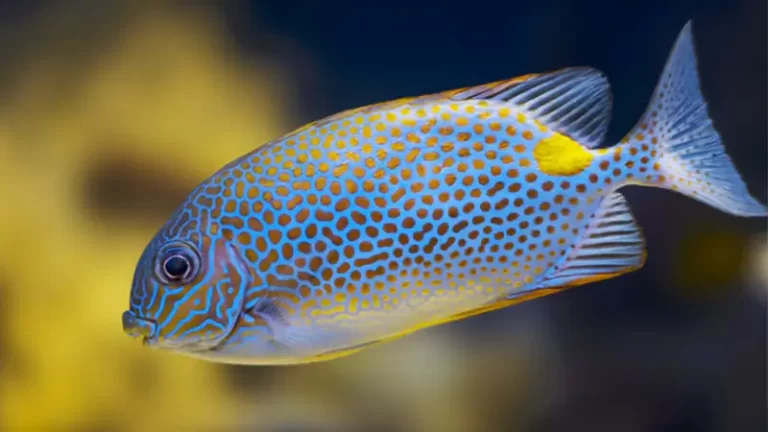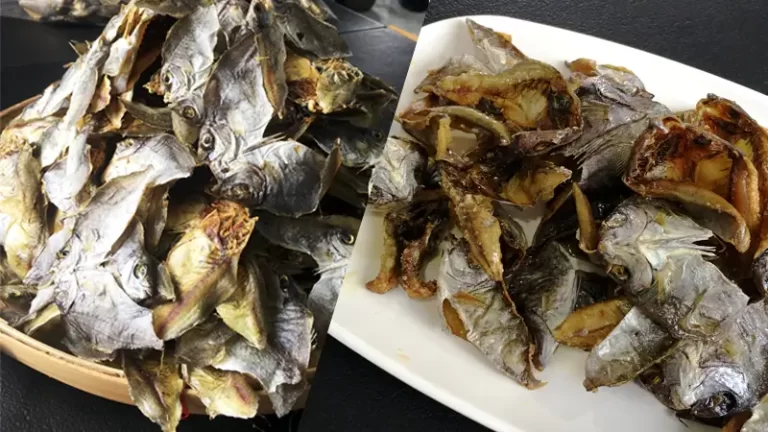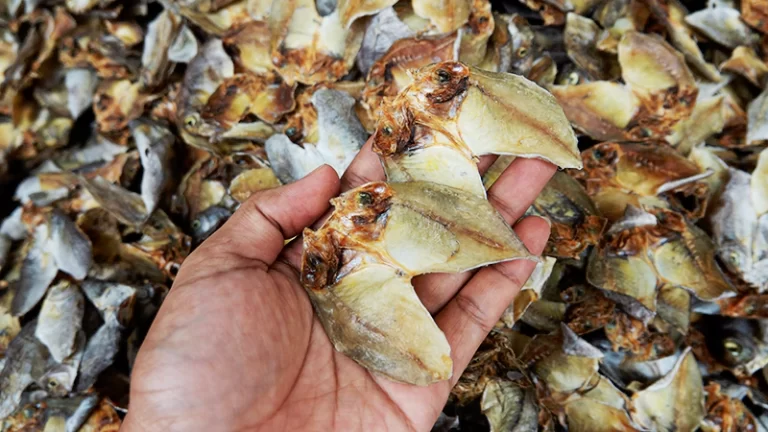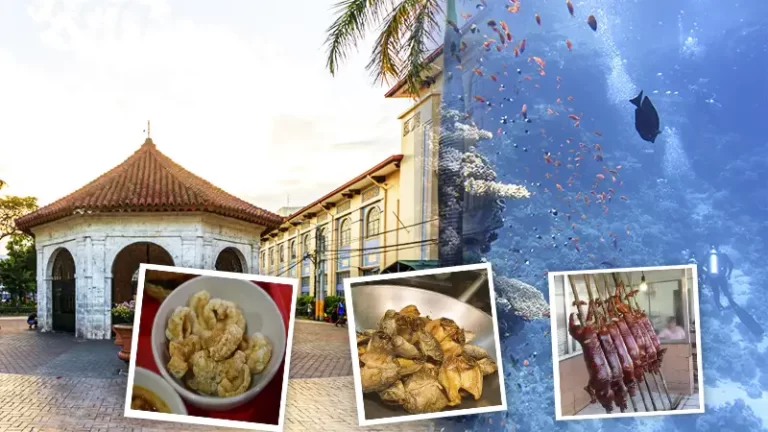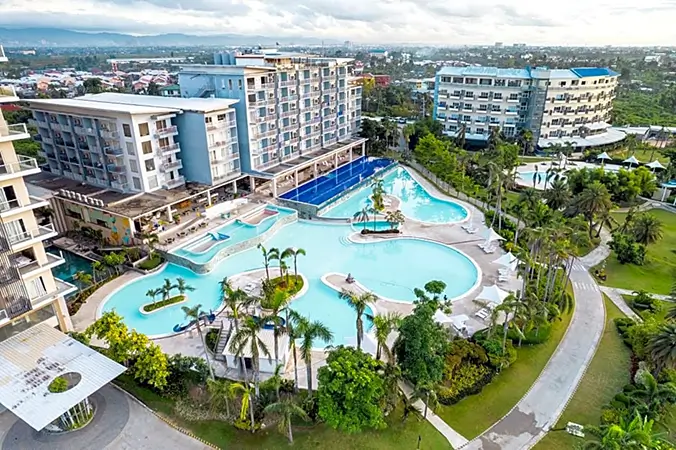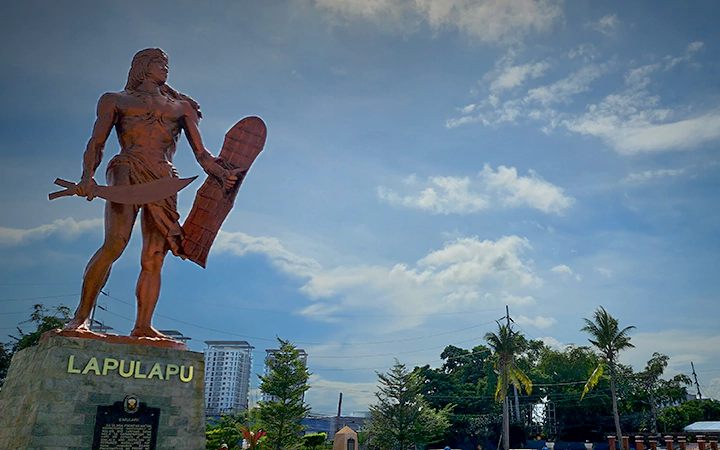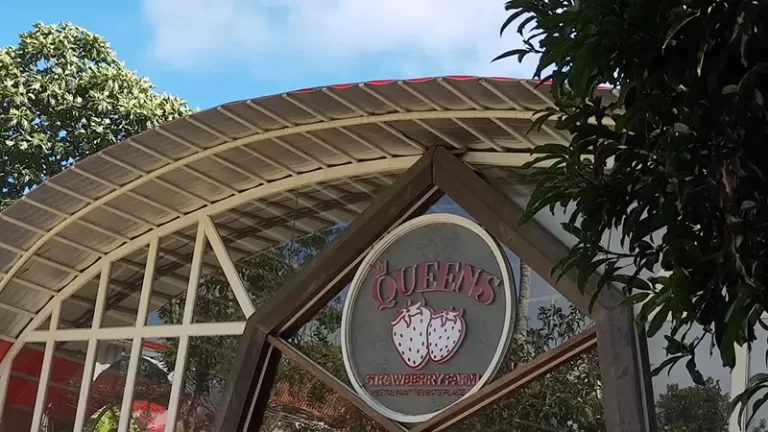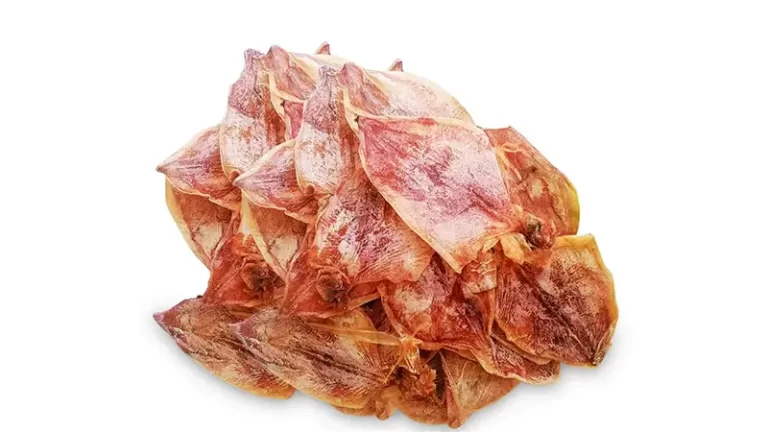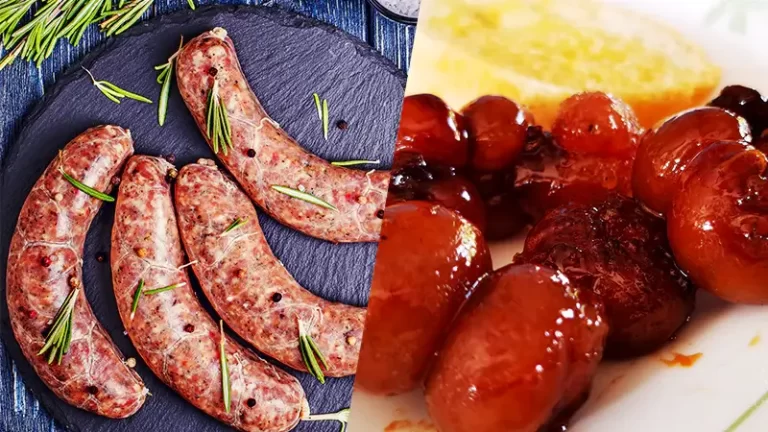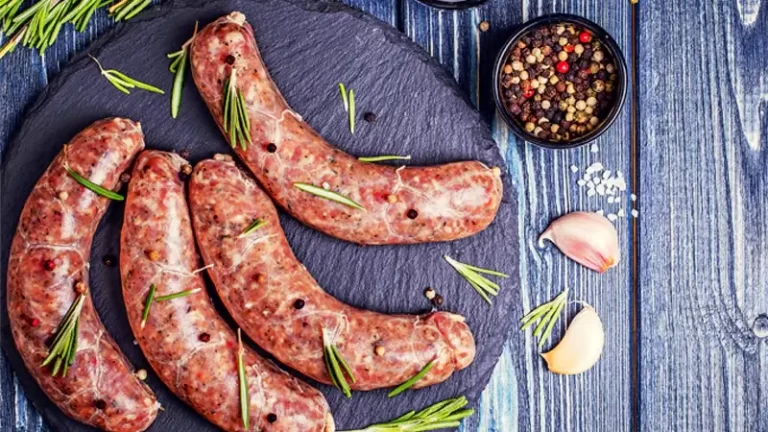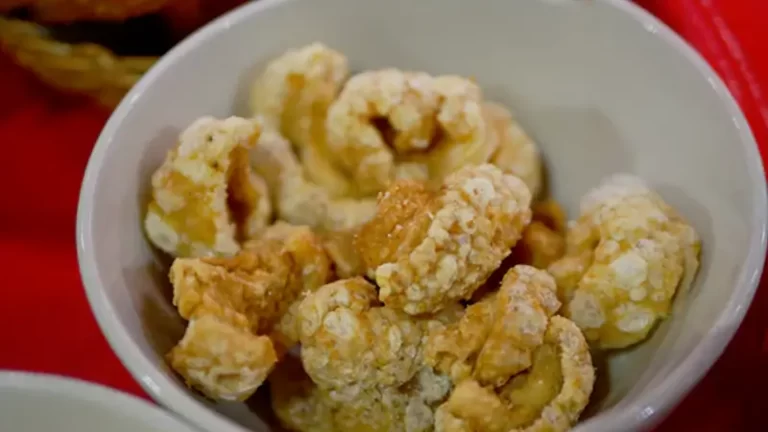Dried danggit is a favorite Pinoy dish among many locals (and even some tourists!). Eaten at breakfast or any other meal, it is often combined with fried or scrambled eggs, chopped tomatoes, fried rice, and with lots of spicy vinegar.
You may have already enjoyed this delicacy hundreds of times – but do you actually know how it’s made? If you’re interested in the process of how danggit is made, keep reading!
How Is Danggit Dried Fish Made? The Process
The spine foot fish (known sometimes as rabbitfish, the family to which it belongs) is called danggit in the local language. Learn more about danggit here.
To make a dried danggit, the fish is first butterflied by making a deep incision cut into the back of the head and running the cuts towards the dorsal side (upper back), and continuing to cut the flesh open towards the caudal fin (tail) and deep across towards the anal fin side, leaving the abdomen side (pelvic and pectoral) uncut and remain attached to serve as the hinged of the butterflied body of the fish.
The process of butterflying a fish is called pakas in Cebuano, and the butterflied fish is called pinakas.
After it is butterflied and split-opened, the fish is then gutted and the fillet is washed clean, soaked in briny water, drained, and then sun-dried or air-dried under the heat of the sun until the fish is parched, stiff, and very dry. Drying a fish is among the ancient method of preserving a catch.
The shelf life of danggit dried fish will last for several months or up to a year if the dried fish is stored and kept away from moisture.
Danggit Other Names. Danggit is also known in other parts of the Philippines as Kitang, Samaral, Taragbago, Tabago, Balawis, Bangkawon, Barangan, Malaga, etc. and is part of the Siganus fish family.
There is available dried Danggit always since they thrive in Philippine waters. They are called Aigo in Japan, Madar in Indonesia, Debam or Dingkis in Malaysia, and other names in other countries where they are available.
Danggit: Official Guidelines on Hygiene, Handling, Presentation, Packaging and Labelling
Planning to sell danggit dried fish? Or, do you want to make sure that the danggit you’re buying has been properly handled and packaged? Know what to look for! Below, we highlight the official guidelines on how danggit should be cleaned, handled, packaged, and labelled, as per the The Philippine National Standards (PNS) for Dried Danggit.
- Hygiene and Handling
The product shall be prepared in accordance with the Bureau of Food and Drug’s AO 153 s. 2004, Revised Guidelines on Current Good Manufacturing Practice in Manufacturing, Packing, Repacking or Holding Food and the Recommended code of practice for the processing and handling of dried fish, PNS/BFAD 05:2006.
The final product shall conform to the microbiological requirements in the table:
Microbiological specifications for dried danggit
where:
n is the number of samples to be analyzed per volume product;
c is the number of samples that may exceed m but not M;
m is the maximum count achievable under GMP; and
M is the maximum count beyond which product safety/quality may be
affected.
- Presentation, Packaging and Labelling
- Presentation
- The products shall be presented as dried split fish, with or without bones.
- The product shall be free from any objectionable odor, color, and flavor; and,
any evidence of insect infestation and mold growth.
- Individual retail or bulk container shall contain only one species of fish, which are relatively uniform in size.
- The average net weight of the sample unit is not less than the declared net weight provided no individual container shall be less than 95% of the declared net weight.
- Packaging
- Retail Packaging. The product shall be packed in pre-formed bags made of suitable films or laminates and suitable containers.
- The product shall be packed in carton or corrugated boxes or suitable containers lined with plastic films.
- Labelling
- Labeling of retail packages/container. Each retail container shall be labeled and marked with the following information in accordance with BFAD Administrative Order Series of 1984.
- The name of the product. The word “dried” or “dried split’ shall be followed by the common names in accordance with the customs or practices of the country in which the product is distributed. The species of fish from which the product is derived shall also be declared;
- The name and the address of the manufacturer, packer, distributor, importer or exporter or vendor of the food;
- Specify whether the product is salted or unsalted or has low salt content;
- The net content by weight in the metric system. Other systems of measurement required by importing countries shall appear in parenthesis after the metric system unit;
- The words “best before” followed by the date, month and year indicating end of the period at which the product shall retain its optimum quality attributes at a stated storage condition;
- Lot identification marked in code identifying product lot; and
- The words “Product of the Philippines.”
- Labeling of retail packages/container. Each retail container shall be labeled and marked with the following information in accordance with BFAD Administrative Order Series of 1984.
- Labeling of non-retail containers. The name of the product, lot identification and the name and address of the manufacturer or packer shall appear in the container. However, the name and address of the manufacturer may be replaced by identification marks provided that such mark is clearly identified with accompanying documents.
How Much Does Danggit Dried Fish Cost?
Prices for danggit dried fish can vary depending on the quantity that you purchase and where you buy it. For instance, buying danggit from Taboan may be cheaper compared to buying it at most grocery stores in malls.
Prices can range from Php175 (200 grams) up to Php850 (1kg) – or more. Learn more about danggit prices here. <note: link to supporting article: “danggit price>
Where to Buy Danggit
You can buy danggit in most grocery stores nationwide. But, if you’re looking for some of the best danggit the country has to offer, we highly recommend Danggit Cebu.
Whether you’re a local Cebuano or if you’re planning to visit the Queen City of the South, we highly recommend that you visit Taboan Market – one of the most famous markets in Cebu and is the best place to buy danggit dried fish. Learn more about Taboan Market here. <note: link to supporting article: “danggit price>
Source:



